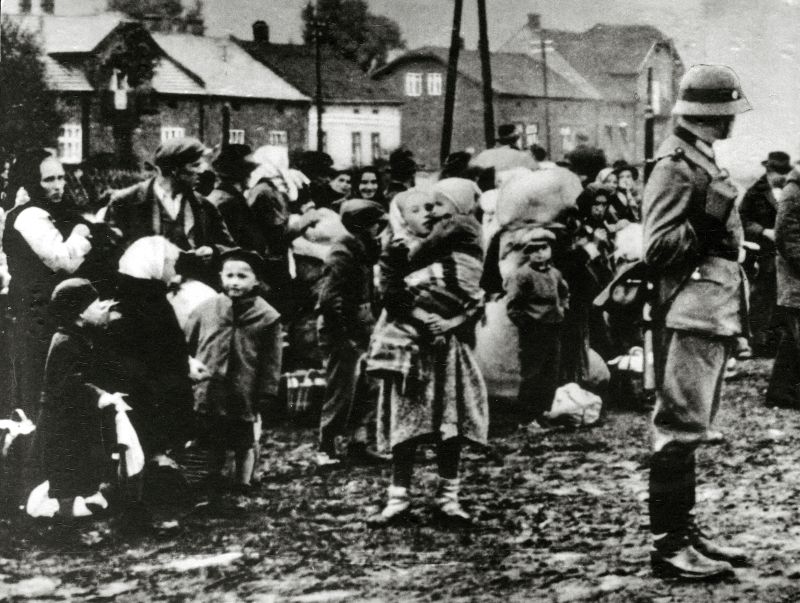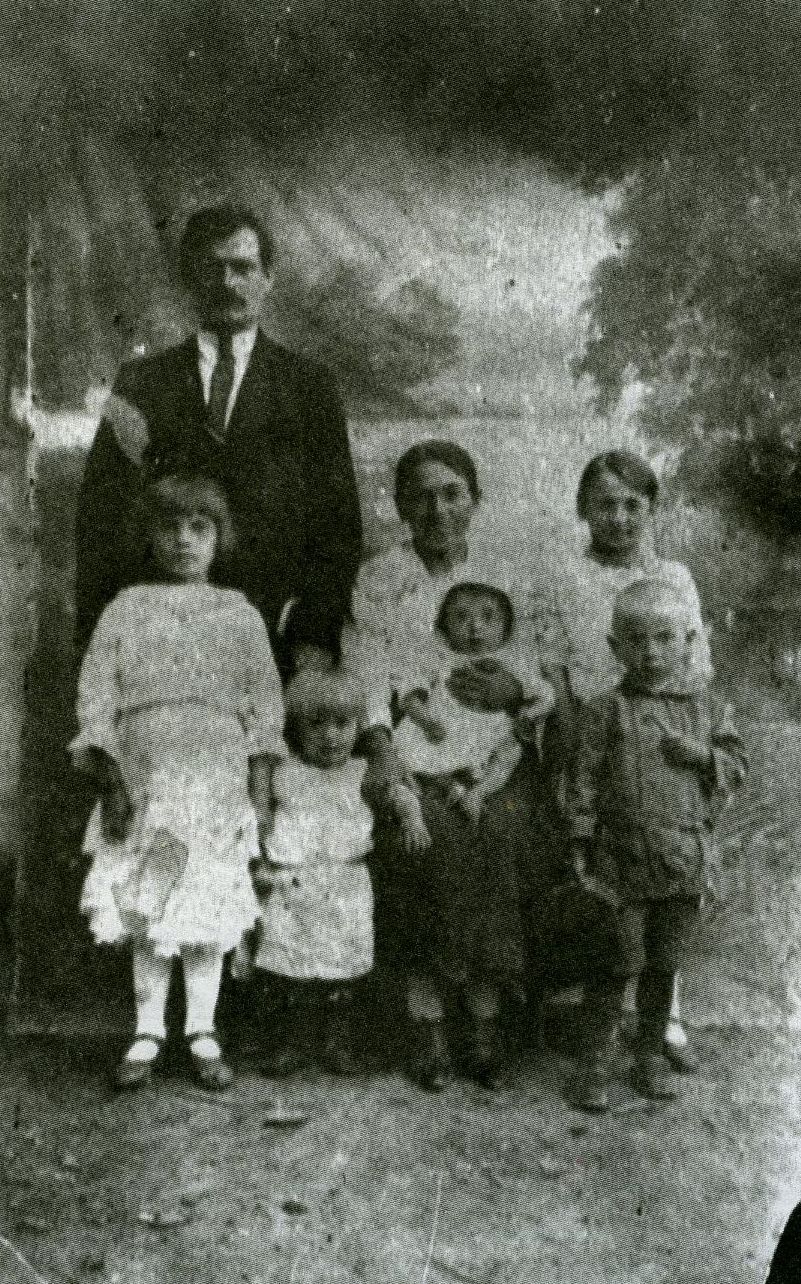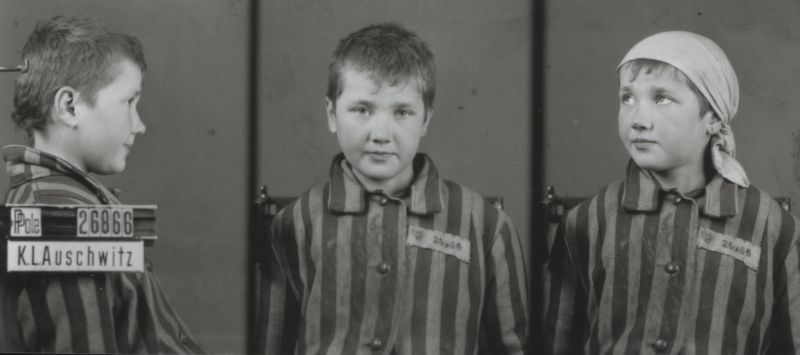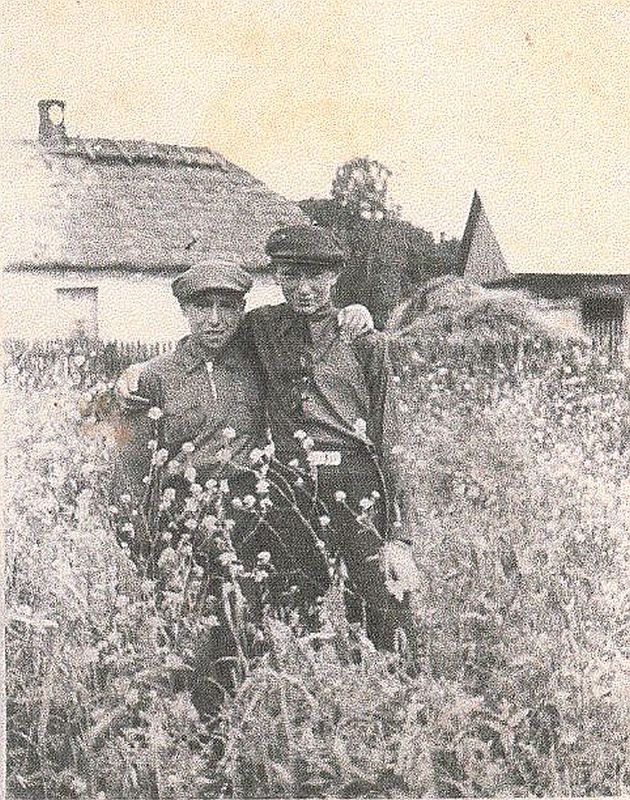General Government Chief of Security Police and SD
Received on: 26 October 1942.
No. 17,297
Telex
Dr. Bln. Nue No. 193 780 26/10.42. 14.23 = Wel
To SS-Ostubaf. Krumey – currently Lviv
B) To SS-Ostubaf. Krumey — currently Cracow.
Urgent: deliver immediately.
Re: Evacuation of Poles from the Lublin-Lviv and Radom districts. —
Follows: Telephone conversation on 23 October 1942.
- As I stated on the phone on 23 October 1942 to SS-Hstuf. Hütte, Zamość branch, the talks held at the Chief Office for Economy and Administration provided an opportunity to bring to the attention of SS-O’Gruf. Krüger and SS-Brif. Globocnik, who were both present, the aforementioned difficulties with the admission and organisation of the camp. Both SS-O’Gruf. Krüger and SS- Brif. Globocnik pledged their total support.
- Please be informed that a demand has been submitted to the Ministry of Transport of the Reich, the result of which, starting from 2 November this year, will be the availability of 2 weekly transport trains from Zamość to Berlin (1000 Poles each) and 3 weekly trains from Zamość to Oświęcim (1000 Poles each). Therefore, please direct the works so that the action can launch early in November as planned.
- The conference discussed earlier will be held at 10 am on Wednesday, 28 October 1942 at the local office. Invited: The Reich Commissioner for the Consolidation of German Nationhood; Roman 3 B — Roman 4 D 2 — and Office Roman 5 — RSHA. (Deployment of children). – Please participate.
RSHA — Roman 4 B 4 — 3666/42 lowercase g — (l 505)
signed by authorisation Günther, SS-Stubaf. +










